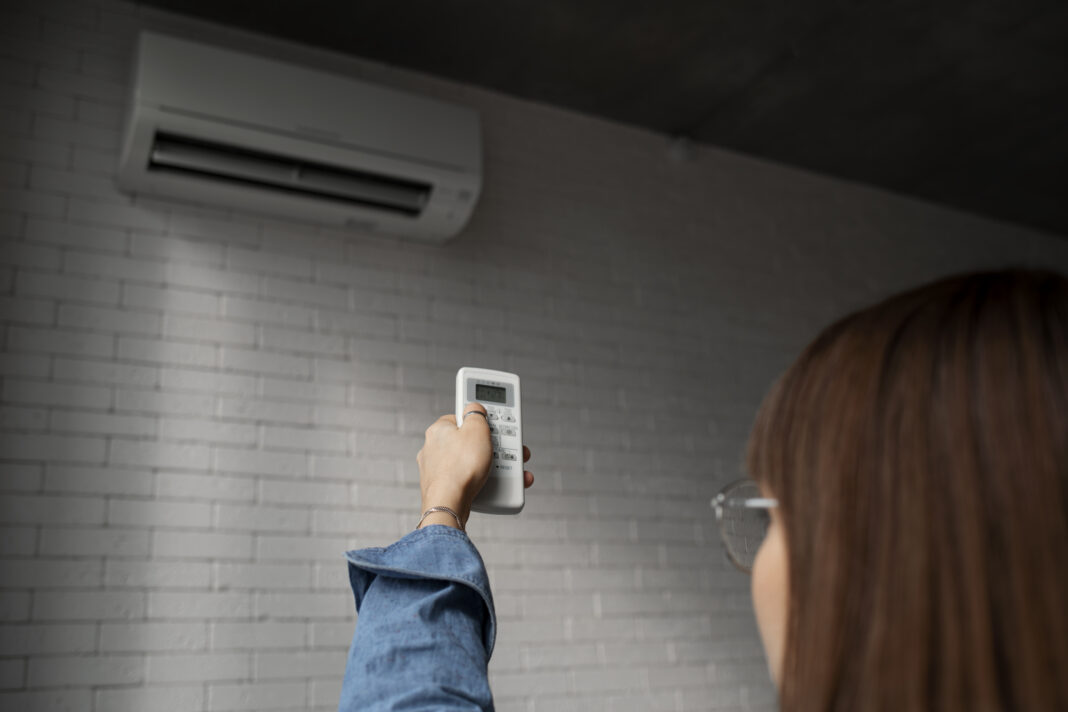When you’re choosing a new air conditioning setup, the decision often comes down to one of two options: multi split systems or single split systems. They might sound similar, and in some ways, they are similar. However, we can’t ignore the major differences.
Whether you’re fitting out a full home, a growing office, or just upgrading your bedroom setup, picking the right one can make a big difference in both comfort and cost.
Let’s break it down in simple terms.
What Is a Single Split System?
A single split system is probably what most people picture when they think of air conditioning. One outdoor unit connects to one indoor unit. These single split AC systems are easier to install and maintain. You can easily get started with the single split system if you want an AC for a single room.
When a single split makes sense:
- You only need to cool or heat one room
- You’re on a budget or working within a smaller space
- You prefer simplicity in installation and servicing
It’s also a good option if you’re adding AC gradually, say, one room this year and another the next. You can build on your setup over time without a major upfront investment.
What Is a Multi-Split System?
A multi-split system connects one outdoor unit to multiple indoor units. You might have two, three, or even five indoor units in different rooms, all powered by the same compressor outside. Each room’s temperature can be controlled independently, and the whole system is managed in terms of external clutter, with no need for multiple outdoor units hanging off every side of your house.
Multi-splits are designed for people who want complete control over their indoor climate across several rooms but don’t want the complexity or space requirement of multiple outdoor units.
When a multi split works best:
- You want to cool or heat not one but multiple rooms with one outdoor unit
- You prefer separate temperature control in each space
- You have limited external wall space for outdoor units
These systems are mainly useful in homes with limited backyard or balcony space. You won’t need a separate outdoor box for every indoor room, which helps with both design and noise.
Installation: Simpler Isn’t Always Cheaper
A lot of people assume a single split system is cheaper to install. That’s true in one-off cases. But if you’re planning to install units in three or four rooms, separate single splits will require multiple outdoor units, and that can complicate both the layout and compliance with building codes.
In contrast, a multi split system has a higher upfront cost but often simplifies installation when scaling up. You’re only running one set of piping outdoors, and the setup is generally neater.
That said, multi splits are more complex to design. The placement of indoor units, distance from the outdoor compressor, and how the system is zoned all need to be planned carefully by experienced technicians.
Maintenance & Repairs: One Break, Then What?
This is where the decision can get tricky. Single split systems are independent. If one fails, the others keep running. That’s a big win in reliability, especially in commercial settings or busy households.
Multi-split systems, on the other hand, all rely on the same outdoor unit. If that outdoor compressor has an issue, multiple rooms may be affected. And because the system is more complex, diagnosis and repair might take longer.
That’s not to say multi-splits are unreliable; they’re not. In fact, modern multi-systems are incredibly efficient and durable. But in terms of risk management, especially in rental properties or workplaces, some people prefer the redundancy of singles.
Energy Efficiency and Control
Both systems are energy-efficient when used properly, especially newer models with inverter technology. But multi-split systems tend to have an edge when it comes to controlling temperature across multiple zones. You don’t need to run five systems to keep five rooms cool; you just switch on what you need, when you need it.
This zoned approach can help cut down on electricity bills over time. And with smart controls becoming standard, you can now manage each room through apps or automation, giving you complete control even when you’re not home.
With single split systems, it’s more manual. You turn on each unit individually, and unless each has a smart control or timer function, you’ll likely use more power overall if you’re running multiple rooms frequently.
Cost Comparison: Upfront vs Long-Term
Let’s look at typical costs, which of course depend on the brand, size, and complexity of the installation.
Single split systems:
- $1,500 to $2,500 installed (per unit)
Multi split systems:
- $3,500 to $7,000+ installed (depending on the number of indoor units)
In general, if you only need one or two rooms cooled, go with singles. If you’re doing three or more, a multi-split can start to work out more economically in the long run, especially when it comes to energy use and fewer outdoor units.
Which One Is Right for You?
If you’re living in a small apartment or only want to cool your bedroom, there’s no reason to overcomplicate it; a single split system will do just fine. But if you’re building, renovating, or thinking about comfort across the whole home, it’s worth considering a multi split system for its zoning, aesthetics, and consolidated outdoor footprint.
Every home is different. Layout, insulation, sun exposure, and your personal schedule all play a role. A conversation with a qualified installer will help narrow it down and factor in your long-term needs, not just the initial install.
And if you’re based in Sydney, it’s always smart to ask your technician how your property layout and climate patterns might influence your best setup.



